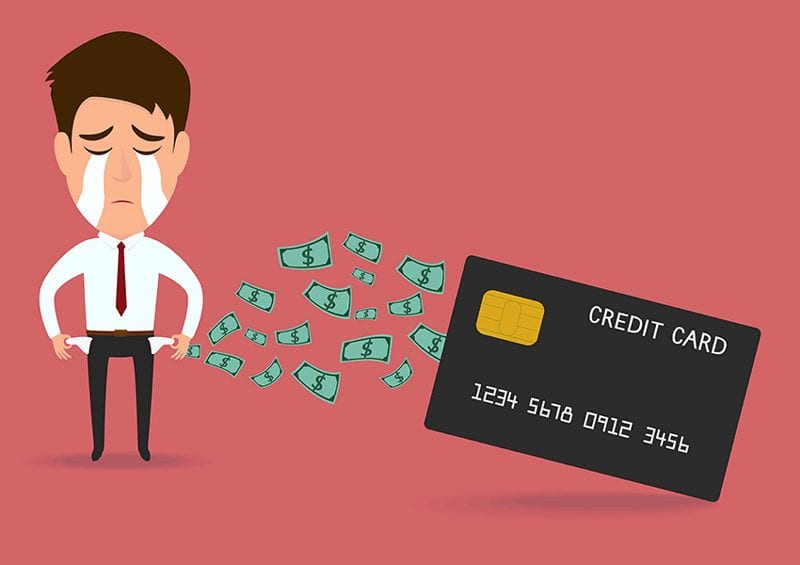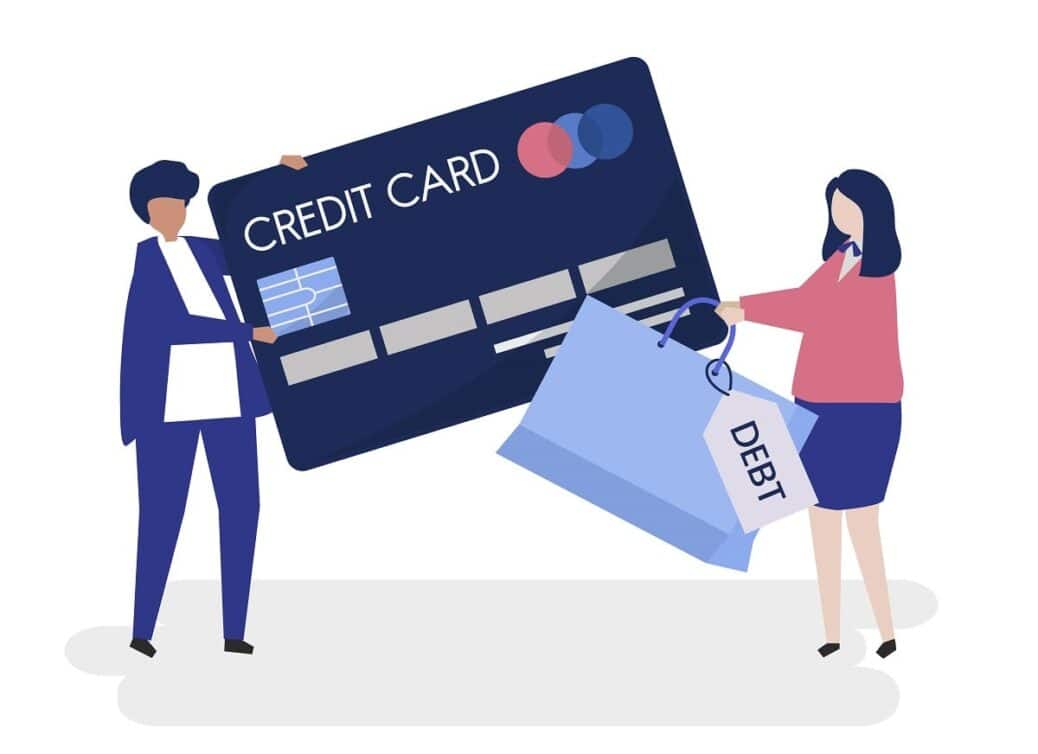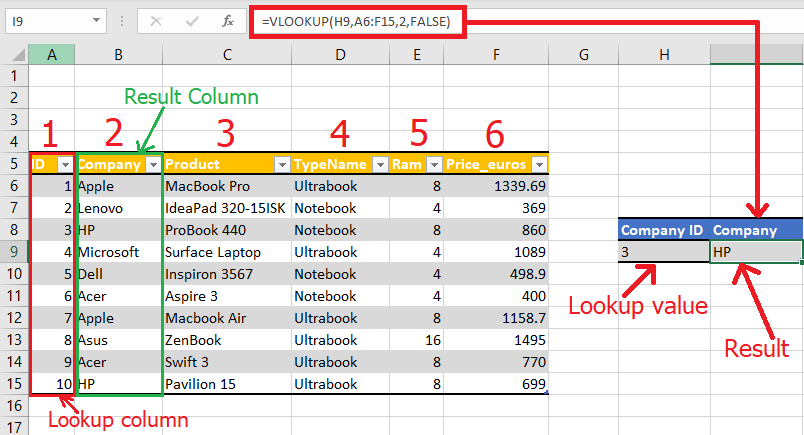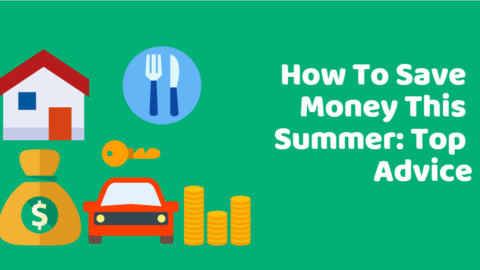Tools and Tips For Eliminating Credit Card Debt
Most of us know carrying a credit card balance from month to month is costly and sometimes do not know how to eliminate credit card debt . The problem is we don’t really feel the cost because it’s bundled in with the balance we’re already paying. However, with credit card interest rates in the 16% to 20% and higher range, we’re sacrificing part of our future with every credit card payment. These tools and tips for eliminating credit card debt will help you gain control over your financial destiny.
Table of Contents
The Minimum Monthly Payment Trap
That enticingly low minimum payment can be really tempting, especially when you’re trying to make your dollars go as far as possible. However, rather than a friendly gesture, that “offer” is designed specifically to keep you in debt for as long as possible.
As an example, let’s say you have a $5,000 balance on a credit card with a 20% APR (annual percentage rate) and the minimum payment is $90. It will take you 13 years to pay that card off at $90 a month. And you’ll pay $9,171 in interest.
In other words, that $5,000 loan will actually cost you $14,171.
Now, let’s say you have that same $5,000 balance, the same 20% APR, but you double the minimum monthly payment. You’ll pay off that balance in three years and only pay $1,769 in interest. Triple it and you’ll pay the debt off in 23 months and save $8,142 in interest payments over what you’d owe making the minimum payment of $90 monthly.
In this scenario, that $5,000 loan will only cost you $6,769
First Tip: Always pay more than the minimum.
The Consolidation Approach
Yes, making another bill in order to pay off your bills sounds backwards. However, debt consolidation can make credit card debt easier and less costly to pay off. Bundling all of your credit card balances into one debt, such as a personal loan, a home equity loan or using a balance transfer card can lower your interest rate and help you pay them off sooner.
The experts at Freedom Debt Relief can help you figure out which option is the best one for you. However, handled carefully, each of those methods has merit. The key is to remember consolidation restructures debt, rather than eliminates it. You have to be certain you can make the payments, get the lowest possible interest rate and avoid creating new debt until the consolidation loan is retired.
Second Tip: Combining debts can make them easier to pay off.

Avalanche/Snowball Methods to Eliminate credit card debt
If you’re like a lot of people you probably have several credit accounts with varying balances and varying APRs. And, you’re probably paying as much as you can on each one every month. That’s admirable, but working that way will take longer to pay them all off.
Instead, make the minimum payment on all but the one with lowest balance (snowball) or the highest APR (avalanche). Then take all the rest of that money and apply it to the account you decide to attack first.
Keep going that way until it is paid off. And then move on to the next one, using the same approach. The debts will be eliminated faster as you’ll steadily have more cash with which to attack each succeeding debt.
Third Tip: Target one debt at a time, until they’re all paid off.
These three tools and tips for paying off credit card debt have been proven effective. All you need to do is decide upon your strategy and stick with it until you’ve accomplished your goal.
Fouth Tip: Collaborate with your debtors for eliminating credit card debt
Describe your predicament to your creditors and request their assistance. If you’ve been a loyal client for a long time and have a history of making payments on time, the company that issued your credit card could be ready to adjust your payment conditions or give you a hardship program.
When circumstances that are beyond your control, such as unemployment or sickness, have an influence on your capacity to make payments. It may be possible to get assistance via a hardship program if your issuer provides one. If you negotiate with your issuer or agree to the conditions of a hardship program, either choice may result in more manageable interest rates or the elimination of fees. But this is dependent on the particular issuer you work with.
It may seem contradictory to apply for a credit card when your primary objective is to get out of credit card debt. But 0% balance transfer credit cards may help you save money in the long term and may be worth considering. Find a credit card that has an introductory term of 0% interest that is somewhat lengthy, ideally between 15 and 18 months, then transfer all of your existing credit card debt to that one account. You’ll have a single, straightforward payment to make each month, and there will be no interest charged.
Fifth Tip: Personal loans to eliminate credit card debt:
In the same vein, if you want to pay off your debt, you may apply for a debt consolidation loan with a set interest rate. Even though you may be required to make interest payments, the rates of interest for personal loans are often lower than those for credit cards, which means that you may still be able to save some more money. Utilize a calculator for debt consolidation to see approximately how much money you will save.
If the total amount you owe is more than you are able to pay each month and you are really struggling to get your debt under control, it may be time to take some more serious steps to get your debt under control. Seek help through debt relief. If the total amount you owe is more than you are able to pay each month, seek help through debt relief. Think about filing for bankruptcy or enrolling in a debt management program as potential solutions to your financial problems.
Sixth Tip: Plan for managing one’s debt:
Strategies for managing one’s debt often work via the assistance of a non-profit credit counseling service. A new repayment plan can be active with your creditors. And your existing credit card debt will be consolidated. After that, you will make a payment to the counseling service on a monthly basis. It’s possible that your credit accounts may not work and you could have to wait a while before opening any new ones.

David is a dynamic, analytical, solutions-focused bilingual Financial Professional, highly regarded for devising and implementing actionable plans resulting in measurable improvements to customer acquisition and retention, revenue generation, forecasting, and new business development.










